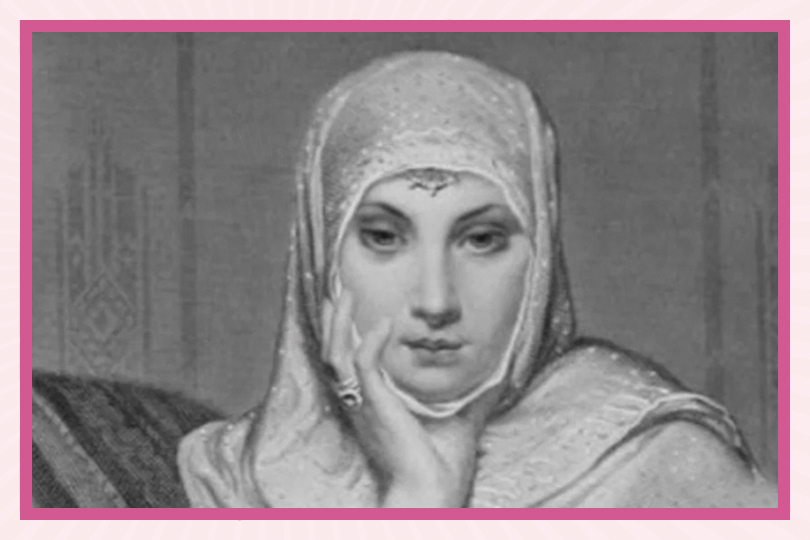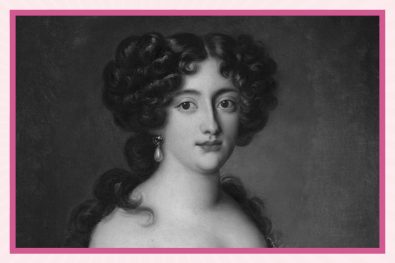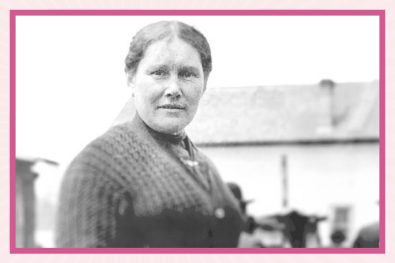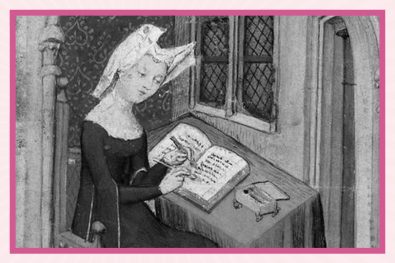If you were asked to imagine the oldest university in the world, your mind might instantly conjure up images of the vine-covered hallowed halls of an old British or European school like Oxford or Cambridge.
But in fact, as the Guinness World Records states, the University of Karueein, founded in 859 AD in Fez, Morocco, is the “oldest existing, and continually operating educational institution in the world.” (It adds that the University of Bologna, founded in 1088, is the oldest one in Europe.)
While Guinness frustratingly lists the founder as “unknown,” we do know who founded this university, and it was not an old, scholarly man like you might expect: it was a young Muslim woman named Fatima al-Fihri.
If you’ve never heard of her, you are not alone. Though highly influential in the history of higher education, she is relatively unknown to most people. So, without further ado, read on for a look at the life and legacy of the often-forgotten young woman who paved the way for the modern university as we know it today.
Early Years
Unfortunately, much of Fatima al-Fihriya’s story is lost to history. We don’t know the exact year she was born, but it is thought to have been sometime around 800 AD. According to Professor Osire Glacier’s article on Fatima for the Dictionary of African Biography, she was the daughter of Mohammad al-Fihri, an affluent businessman, and she and her sister Mariam were both highly educated girls.
Her family was part of the large community that had migrated from Qayrawan (in present-day Tunisia) to the city of Fez (in Morocco). As noted by Dead Feminists: Historic Heroines in Living Color, Fez had been an important cultural and spiritual hub for centuries; it is now nicknamed the “Athens of Africa.” But according to Professor Glacier, when Fez’s population saw a massive increase due to migration, the city’s existing infrastructure was overwhelmed.
So, when Mohammad died and left a large fortune to Fatima and her sister, they noticed the community’s need for more public gathering places and places of public learning and decided to invest their inheritances into two building projects: Mariam built the Andalus Mosque and Fatima set out to achieve the ambitious goal of building the biggest mosque in North Africa.
The World’s First University
Fatima oversaw the entire construction project, from vision to execution. Once the mosque construction was in progress, she expanded the project to also include an institution of learning, as mosques were the hubs of education and scholarship as well as prayer.
Therefore, in 859, without realising is, when Fatima founded the mosque and university of Karueein (also spelled al-Qarawiyyin, al-Qaraouine, al-Karaouine, and al-Qairawiyine) she founded the world’s first university. According to Dead Feminists, it offered courses in grammar, rhetoric, logic, medicine, mathematics, astronomy, chemistry, history, geography, and music, and operated in a way similar to a modern university.
Glacier states that her mosque quickly became a centre of learning in the community and expanded over the centuries to become one of the leading educational and spiritual centres of the world. It attracted some of the world’s greatest thinkers, including doctors, philosophers, musicians, poets, mathematicians, theologians, and historians. And, according to Glacier, the scholarly work that was produced there was spread around the world, and the university played an important role in the exchange of knowledge between the Muslim world and Europe.
This post on the University of Manchester’s blog suggests that there were rumours that Gerbert of Aurillac (aka Pope Sylvester II) studied at al-Karueein, and that he was credited with bringing Arabic numbers to Europe, and thereby introducing the system of numbers we still use today to the Western world.
Later Years and Legacy
Scholars believe Fatima died sometime around 880 AD. We technically don’t know enough about her life to get a sense of her personality, but scholars believe that we can imagine, based on the legacy she left to humankind. Glacier writes that “one can sense some of her personal qualities, among which were probably generosity, intelligence, and clairvoyance.”
Fatima laid the foundation of universities as we know them today, thereby playing an integral part in the development of higher education. Today, the school is still in operation and offers undergraduate, graduate, and doctoral programs, and this is all owed to the forward-thinking vision of one young woman.











